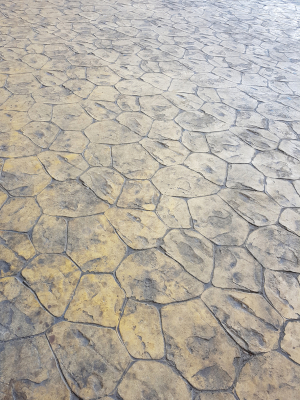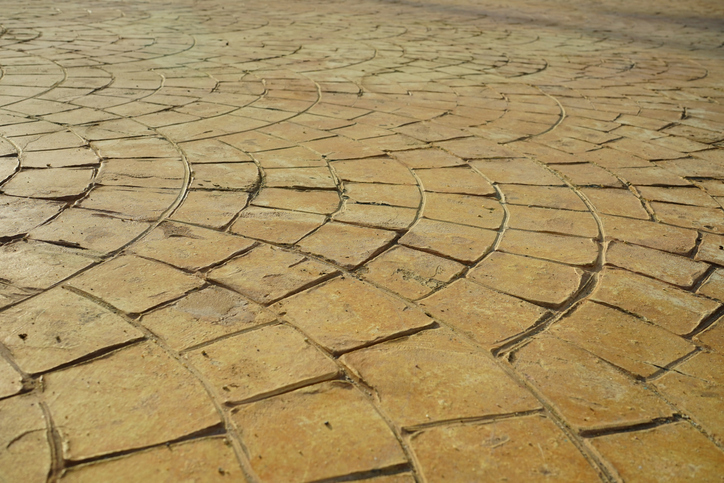CONCRETE VS. ASPHALT
When building a home or repairing the one you’re living in, one of the major constructions you will do is the driveway. Your home driveway is an essential feature that can add to the value of your home. It is likely the first thing any visitor sees, and when it is in good shape makes your home look better and further makes driving safer and gives more packing space for visitors.
Picking the right material for your driveway can be tricky; there are tons of materials out there, such as stones, concrete, asphalt. However, in the end, it comes down to two – concrete and asphalt. Homebuilders usually trumpet either of these materials, claiming one is better than the other. Both have similarities, such as the fact that sand and stones are used in mixing them, and they both have gravel subbase.
We look at the differences between them below, using their major characteristics.
ADHESIVE MATERIAL
Although both concrete and asphalt use similar materials, there is a difference in the adhesive that binds these aggregates together. While cement is the adhesive material in concrete, the binding material is tar.
PRICE
Concrete is more expensive than asphalt. While the price is not the same everywhere, it costs between $6 – $12 per square foot to install a basic concrete driveway. Additional finishings will further increase the cost.
However, asphalt installation costs between $2 – $4 per square foot. This price fluctuates based on crude oil prices.
REPAIRS AND MAINTENANCE
A concrete driveway does not need to be sealed, but it is better because it makes it easier to maintain it. For instance, if degreasers are not applied, oil stains might deface the driveway. The major problem that the driveway can have is cracks, and this is hard to fix and cannot be hidden unless you resurface the whole driveway.
Asphalt concrete requires sealing, first within a year after it has been installed, and subsequently every 3 – 5 years. You can seal it yourself with the right sealants or employ a professional for the job. Sealing it ensures its durability. Where the asphalt needs repairs due to crack, this can be easily done to retain the aesthetics of the driveway.
LIFESPAN
When it comes to durability and reliability, concrete comes out top. With proper maintenance, a concrete driveway can last over fifty years.
On the other hand, the asphalt driveway will last for about thirty years with the right maintenance.
AESTHETICS
If you’re looking for a colorful driveway with different designs and patterns, you should go for concrete. The material can be finished in various ways, such as tinting, staining, stamping, and etching. Finishes are available in different colors and patterns, so you have unlimited options.
Asphalt cannot be easily decorated and finished like concrete. However, there are certain sealants that have coloring and tints, though they are usually limited to black.
CLIMATE ADAPTABILITY
It is essential to consider the weather and climate when deciding on the material for your driveway. Concrete is very reliable and adaptable, however, it can be affected by extreme cold. The constant thawing and freezing can cause cracks in concrete.
On the other hand, asphalt does not do well in hot climates. The extreme heat causes the asphalt to melt and soften, and in some cases sticking to shoe soles and tire tracks, where there is an alternation of heat and cold, the variation in weather conditions will cause cracks in the driveway.
SPEED OF CONSTRUCTION
A concrete driveway takes a longer time after building before it is ready for use. It takes at least a week after construction before the concrete cures, and you can drive on it.
On the other hand, the asphalt driveway can be used within a few days after its installation.
CONCLUSION
Deciding which of the two materials is best for building your driveway can be challenging; they both have their advantages and disadvantages. However, factors such as your budget, the appearance you’re looking for, the climate of your area, etc. will eventually determine which material you choose.







